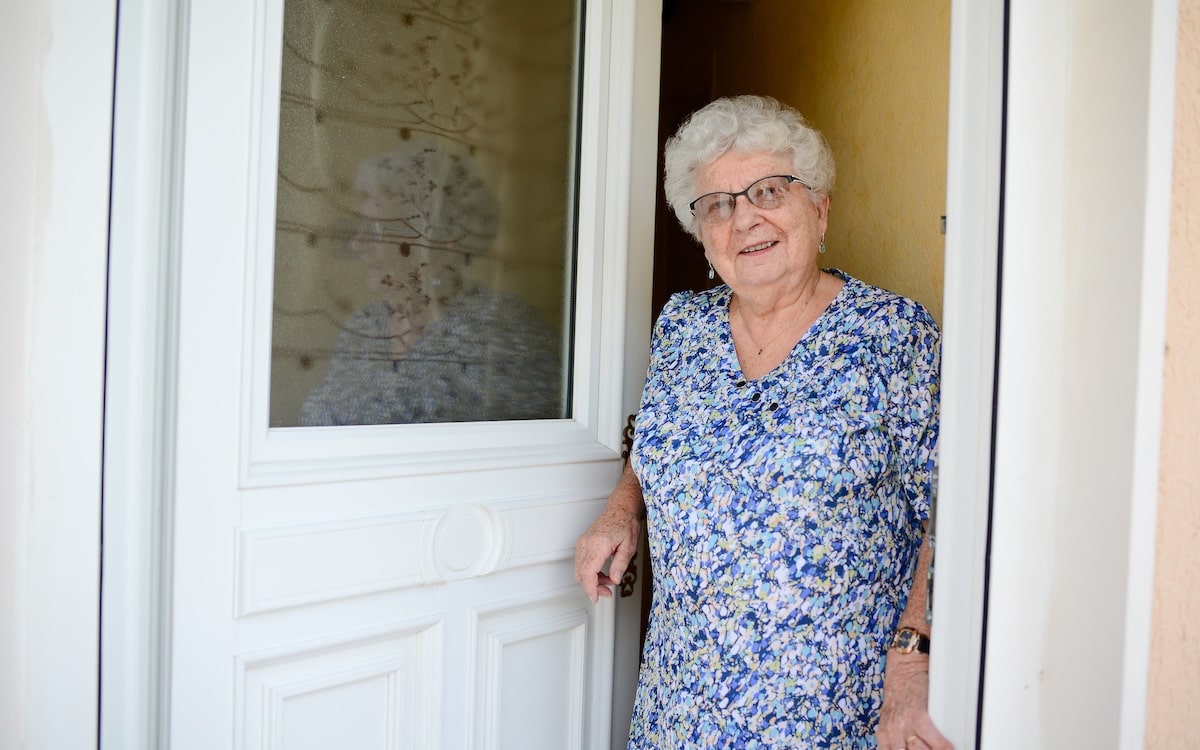The population of Americans aged 85 and older is expected to double by 2040, which is causing many communities to rethink how they can meet the needs of their aging populations. According to the Joint Center for Housing Studies of Harvard University (JCHS), the Older Americans Act (OAA) has created a national strategy for aging, building on local and state planning efforts. Through this act, states are required to develop a State Aging Plan every three to five years.
To understand what is being done to help Americans age comfortably, JCHS reviewed 50 active state plans and identified six priority areas, including affordable housing, in-home services, and health and wellness support for older adults.
Despite the emphasis on affordable, accessible housing and access to care and assistance, federal funds are limited in these areas. For nearly sixty years, State Aging Plans have been used to allocate OAA resources, including food delivery to homes, congregate meal and recreation programs, transportation, elder abuse prevention, and caregiver support and referral resources. The OAA, however, does not directly fund a program to address housing costs. Yet the dual burden of unaffordable care and housing is a reality for older adults nationwide, and State Aging Plans underscore the importance of housing affordability to older adults living in the community. As federal plans examine opportunities to knit together a safety net from our disparate local, state, and federal programs, State Aging Plans bring a wealth of insight into local needs and priorities.







